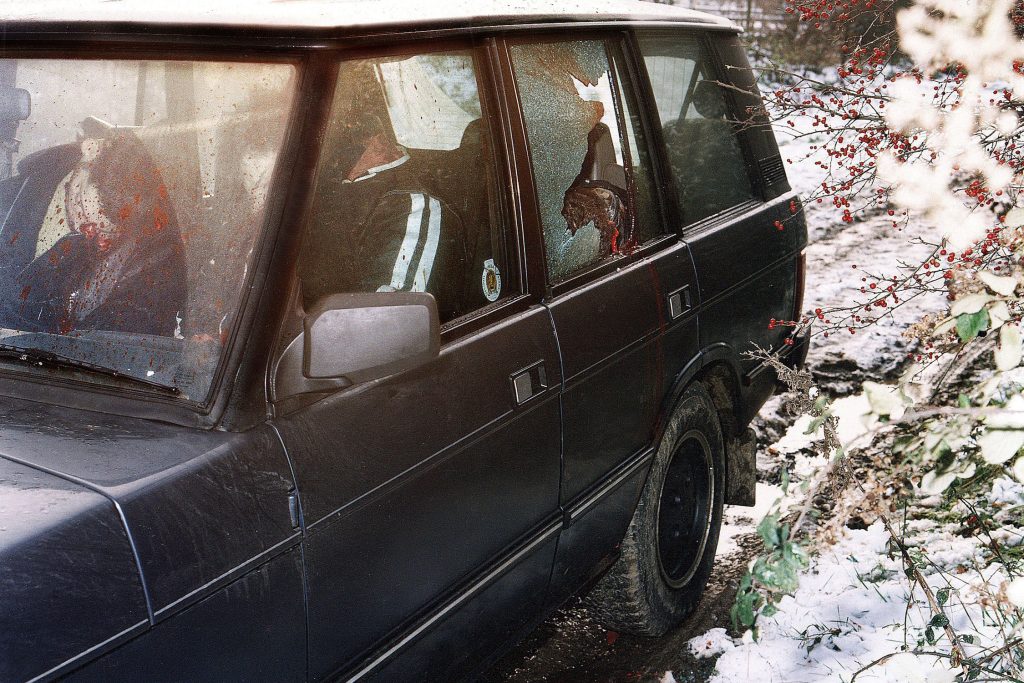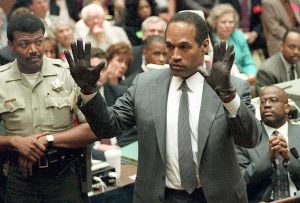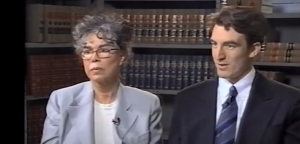Essex Boys Murders: Timeline (Rettendon Murders)
The Rettendon murders, also known as the Range Rover murders or Essex Boys murders, took place on December 6, 1995, in the village of Rettendon, Essex, England. Three drug dealers—Anthony 'Tony' Tucker, Patrick 'Pat' Tate, and Craig Anthony Rolfe—were shot dead inside a Range Rover on a remote farm track. The case sparked a high-profile police investigation, including Operation Century, and has since inspired books and films. The legal aftermath was equally complex, with a long series of trials, appeals, and investigations that stretched well into the 2000s and beyond. Lawyer Monthly provides an in-depth examination of the case timeline and the pivotal figures that shaped its outcome.
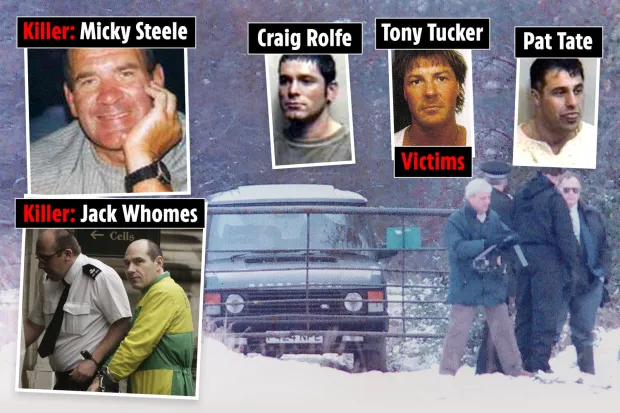
Pre-Murder: 1995
Tony Tucker, Patrick Tate, and Craig Rolfe were drug dealers involved in organized crime in Essex, known for dealing in cannabis and other illegal activities.
Tony Tucker was the leader of a security company that provided services to nightclubs across Essex. He also worked as the security guard for former super middleweight boxing champion Nigel Benn. As a prominent member of the Essex Boys gang, Tucker was deeply involved in drug trafficking, smuggling drugs into clubs throughout the 1980s and 1990s, creating an atmosphere of fear and intimidation. Known for his brutal tactics, Tucker specialized in punishment beatings and often used torture to control others. He was ultimately linked to the tragic death of 18-year-old Leah Betts, who died in November 1995 after taking an ecstasy pill that Tucker is believed to have supplied.
Pat Tate, 37, was a key figure in the Essex Boys gang, which was active in the UK during the 1980s and 1990s. The gang was heavily involved in drug trafficking, particularly in the ecstasy trade, which played a significant role in fueling Britain's burgeoning rave culture. Alongside fellow gang members Tony Tucker and Craig Rolfe, Tate was deeply entrenched in the illicit activities of the group. Known for his imposing physique and his role as a bodybuilder "enforcer," Tate also struggled with a drug addiction, as noted by former football hooligan and bouncer Bernard O'Mahoney.
Craig Rolfe, 26, was a violent cocaine addict, born in London's Holloway Prison. Known for his love of cars, he frequently had a variety of vehicles parked outside his home, leading some to speculate that he might have been involved in car dealing. According to neighbors, there were whispers that he was linked to car theft and drug trafficking.
Tensions had been building between rival drug dealers, and there were rumors of betrayal within the Essex Boys network, particularly involving the smuggling of poor-quality cannabis.
The group was also implicated in the wider Essex drug trade and had connections to the death of Leah Betts in November 1995, a teenager who died after taking ecstasy, which was allegedly supplied by Tucker.
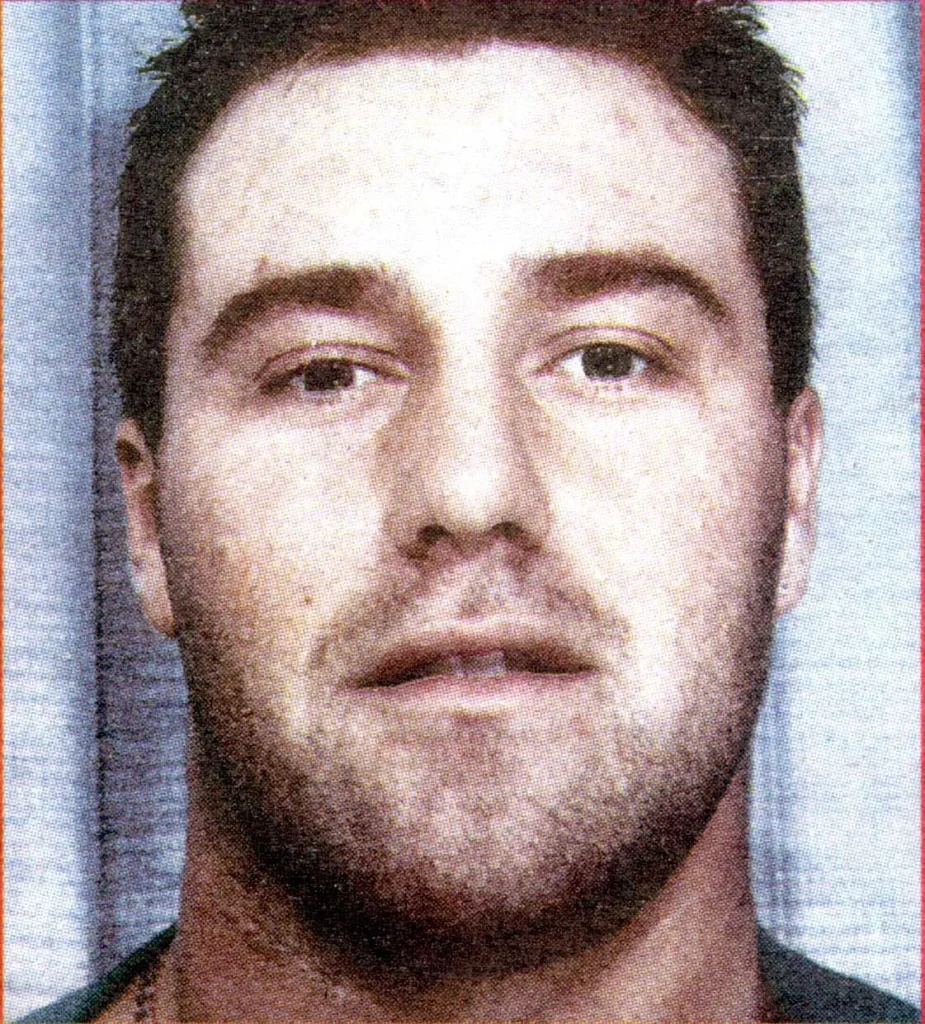
Pat Tate
The Murders: December 6, 1995
Tony Tucker, Patrick Tate, and Craig Rolfe were shot dead in a metallic blue Range Rover (registration F424 NPE) on a secluded farm track near Rettendon, Essex.
The bodies were discovered the next morning by farmer Peter Theobald and his friend Ken Jiggins. The trio had been executed in a well-planned and violent attack, with shots fired directly into their heads.
The police investigation began immediately, but initial progress was slow as the case had few immediate leads.
Police Investigation and Operation Century: December 1995 – January 1996:
The murders became the subject of Operation Century, a large-scale investigation into the deaths. However, this operation did not result in any arrests or significant leads.
The investigation focused on organized crime links and the possibility of the killings being linked to the drug trade or internal gang conflicts.
Five months after the cold-blooded murders of the Essex Boys, police apprehended former BT engineer Darren Nicholls with 10kg of cannabis in his van. Upon questioning, investigators discovered that Nicholls had ties to the deceased drug dealers and, when accused of involvement in their murders, he pointed the finger at car mechanic Jack Whomes and his associate, Michael Steele.
Nicholls alleged that Steele, now 78, had lured the three victims to a desolate farm track under the guise of a drug deal. There, he claimed, Whomes, 61, emerged from the bushes, and together, they opened fire on the trio. Steele supposedly remarked afterward, "They won’t f*** with us again." Based on Nicholls' testimony, Whomes and Steele were both convicted of murder and sentenced to life in January 1998. Nicholls, in turn, was given a new identity and placed in a safe house.
Trial and Convictions: January 20, 1998
The trial took place at the Old Bailey, central criminal court in London on January 20th, 1998. Jack Whomes and Michael Steele, both known figures in the Essex criminal world, were convicted of the murders of Tucker, Tate, and Rolfe after a trial at the Old Bailey. They were sentenced to life imprisonment.
The prosecution's case was largely built around the testimony of Darren Nicholls, a police informant who claimed to have been involved in the murders. He testified that he acted as a getaway driver for Steele and Whomes during the ambush, which involved the three men being shot in the head at close range.
What was the Motive for the Essex Boys Murders?
The motive for the murders of Tony Tucker, Pat Tate, and Craig Rolfe, known as the Essex Boys or Range Rover Murders, is believed to be linked to a combination of drug-related conflicts and financial disputes.
According to police informants and witnesses, the three men were heavily involved in the drug trade, particularly with the distribution of ecstasy and other substances in the rave scene. They had a reputation for being violent and ruthless, which contributed to tensions with other criminals. The Essex Boys were accused of stealing money from a drug deal—specifically, a £495,000 robbery involving cash from a drug shipment.
The informants suggest that the motive for their execution-style killings was retaliation for their betrayal in the drug world, including the theft and failure to repay debts. One informant, known as "Witness A," claimed that the three men were targeted by other criminals involved in the organized crime scene who wanted to eliminate them due to their violent actions and drug-dealing behaviour.
In essence, the murders appear to have been a combination of retribution for the stolen money and a warning to others in the drug trade about the consequences of betrayal.
Post-Trial Controversy (1998 onwards):
Darren Nicholls, the key witness, was a convicted drug dealer who had agreed to testify in exchange for a deal that allowed him to avoid significant prison time. Nicholls was given a new identity under the witness protection programme. It later emerged that he had a deal with London Weekend Television to make a video diary of his experience as a witness under protection, raising concerns over the credibility of his testimony.
Both Whomes and Steele unsuccessfully challenged their convictions. They argued that the evidence, particularly the mobile phone records that corroborated Nicholls' testimony, was unreliable and that Nicholls had ulterior motives.
Appeals and Ongoing Legal Challenges:
2000s – 2010s:
Over the years, both men filed multiple appeals to overturn their convictions. The validity of Nicholls’ testimony continued to be questioned by defense lawyers, particularly in relation to his deals with media outlets and his criminal background.
The case continued to receive attention in true crime literature and films, including the 2000 movie Essex Boys, which dramatized the events leading up to the murders.
January 25, 2021:
Jack Whomes was released on parole after serving 23 years of his sentence. His sentence had been reduced by two years in 2018 due to his exemplary conduct in prison.
At this point, there had still been no definitive evidence to exonerate Whomes and Steele, though the case remained controversial.
February 1, 2025
After hearing evidence about Michael Steele, a parole board hearing said there had been a "marked improvement" in his behaviour while in prison and keeping him locked up was no longer necessary to protect the public will be released from prison on licence after 27 years.
The Leah Betts Connection:
During the investigation, there were suggestions that the murder of Tucker, who had been involved in the supply of the ecstasy tablet that led to Leah Betts' death, may have played a role in the motive behind the killings. Betts passed away shortly after her 18th birthday, following the ingestion of an ecstasy (MDMA) tablet and drinking about 7 liters (1.8 US gallons) of water within a 90-minute span. Four hours later, she fell into a coma, from which she never recovered. The December 1995 murder of three suspected drug dealers in Rettendon, has been speculated by the media as a possible act of revenge for Betts's death. However, this connection was never definitively proven. Tony Tucker ran security for Raquels, the nightclub where Leah Betts had taken the ecstasy tablet that led to her death less than a month before the murders.
Cultural Impact:
The Essex Boys Murders were widely covered in the media and became an infamous part of British criminal history. Several books, documentaries, and films have been made about the case, contributing to public fascination with the tragic events.
The 2000 film Essex Boys, starring Sean Bean, depicted the murders and their aftermath, with a focus on the role of organized crime and the gangland culture of Essex.
Current Status:
Whomes was released from jail in 2021 on strict licence conditions. Michael Steele, who is now in his 80s, was jailed for life in 1998. Steele, who was 55 when he was sentenced, has now also been released by the Parole Board.



